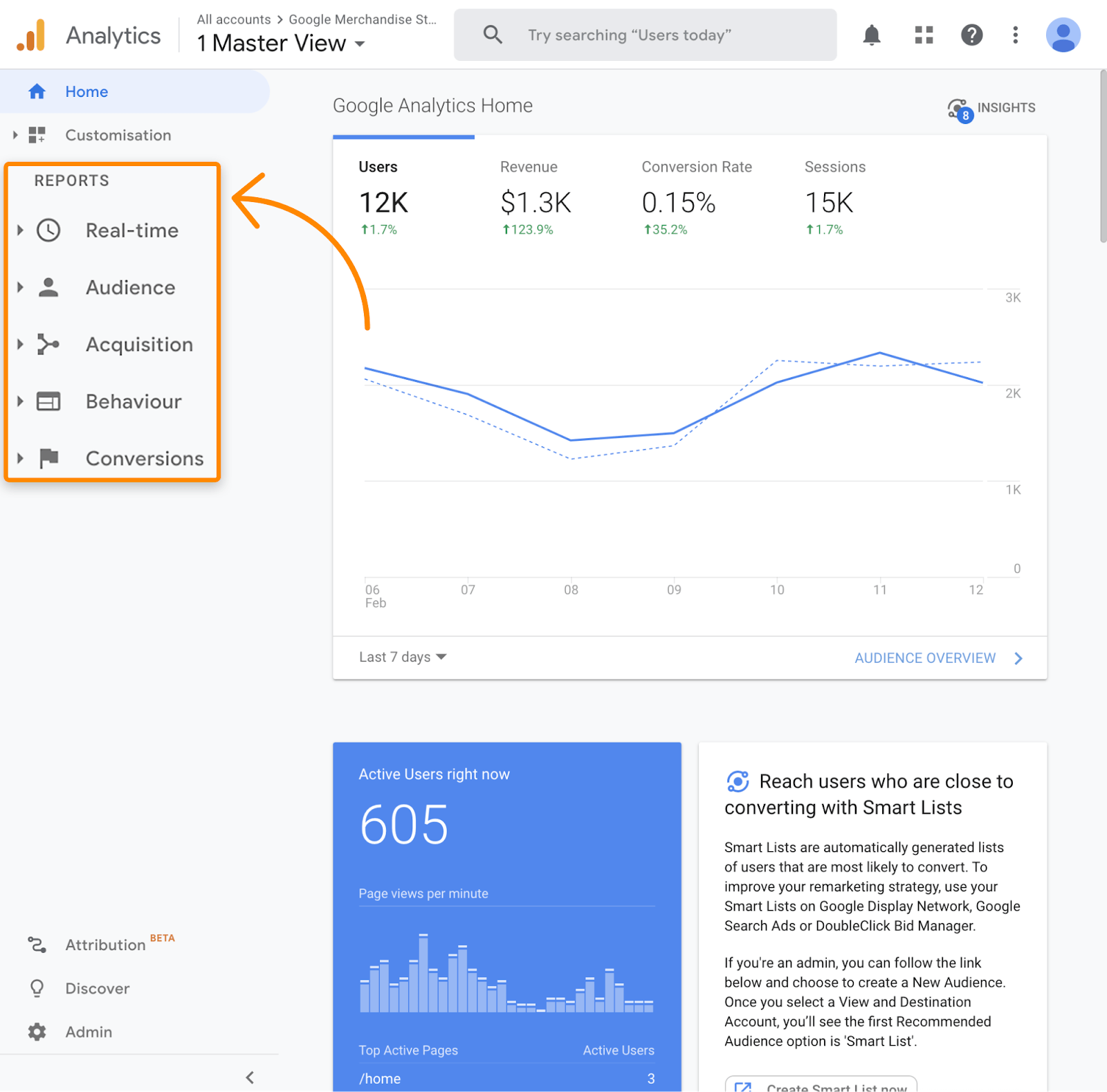Understanding Secondary Dimensions in Google Analytics: Interpretation and Critical Assimilation
Understanding Secondary Dimensions in Google Analytics: Interpretation and Critical Assimilation
Blog Article
Optimizing Your Data Analysis With Additional Dimension in Google Analytics for Informed Decision-Making
In the realm of electronic analytics, the capability to extract meaningful understandings from information is paramount for making educated choices that drive service success. Google Analytics, an effective tool in the hands of electronic marketing professionals and analysts, supplies a feature known as Secondary Dimension. This often-underutilized function has the prospective to discover a wide range of details that can give a deeper understanding of individual habits and internet site performance. By using the capacities of Second Measurement, users can get a much more extensive view of their information, allowing them to make critical choices based upon an extra nuanced and comprehensive evaluation.
Recognizing Second Measurement Functionality
Recognizing the second measurement performance in Google Analytics enhances the deepness of information evaluation by providing additional context to main metrics. By incorporating a secondary dimension, analysts can section and contrast data, acquiring insights that would otherwise stay surprise. This feature enables individuals to view information via various lenses, such as the source of website traffic, individual behavior, or geographic location, supplying an extra detailed understanding of web site efficiency.
Using second dimensions can expose patterns and correlations that might not appear when looking solely at main metrics. For instance, coupling the main metric of page views with an additional dimension like device category can discover whether certain tools drive even more traffic to certain web pages. This information can then educate web site optimization approaches tailored to various device customers.
Implementing Additional Dimension in Records
Building upon the understandings gotten through second measurement analysis, integrating these dimensions successfully right into reports in Google Analytics is essential for extracting actionable data-driven choices. what is a secondary dimension in google analytics. By carrying out second measurements in reports, users can delve deeper into the efficiency metrics of their website or app. This function permits a much more extensive analysis by providing added context to the primary dimension selected
To carry out a secondary measurement in records, just browse to the wanted record in Google Analytics and click on the "Second measurement" tab situated over the data table. From there, users can choose from a variety of secondary measurements such as 'Source/Medium', 'Device Group', or 'Landing Web page'. Choosing the most pertinent secondary dimension will certainly depend upon the specific insights you are looking for to uncover.
Using secondary dimensions in reports not just boosts the deepness of analysis but likewise aids in recognizing patterns, patterns, and correlations that may have otherwise gone undetected. This tactical approach to data interpretation enables companies to make enlightened choices that drive growth and success.

Studying Information With Additional Dimensions
Upon integrating second dimensions into data analysis within Google Analytics, an in-depth exam of vital performance indicators can be accomplished, using valuable insights for tactical decision-making. By using additional dimensions, analysts can even more explore their main information measurements, such as web traffic resources or individual demographics, to discover patterns or patterns that might not be quickly apparent. This much deeper degree of evaluation enables an extra thorough understanding of user habits and interactions on a site or electronic platform.
Evaluating data with secondary measurements makes it possible for marketing experts and site owners to answer even more details concerns regarding their audience, material performance, and marketing efforts. By combining the primary measurement of web traffic sources with a secondary measurement like geographical place, services can recognize which areas drive the most important web traffic to their site. This kind of granular understanding can educate advertising and marketing methods, material creation, and website optimization efforts to much better accommodate the demands and preferences of their target audience.
Leveraging Secondary Measurements for Insights
By integrating secondary measurements properly, experts can draw out important site deeper understandings from information embed in Google Analytics, improving the understanding of individual habits and efficiency metrics. Leveraging additional dimensions involves incorporating various qualities or metrics with key data to discover patterns and trends that might not appear initially glance. For example, by including a second dimension such as 'Gadget Group' to a report on site web traffic, experts can discern whether individual habits differs across different gadgets like desktop computers, mobile phones, or tablets.
Furthermore, utilizing additional measurements enables experts to segment data a lot more granularly, allowing them to recognize specific audience sectors or geographical locations that display distinctive habits. what is a secondary dimension in google analytics. This segmentation can be instrumental in tailoring advertising and marketing approaches, optimizing site content, or enhancing individual experience based on the distinct qualities of each segment
Fundamentally, leveraging secondary measurements in Google Analytics encourages experts to dig deeper into data, derive meaningful understandings, view and make educated choices that drive service development and success.
Enhancing Decision-Making With Second Measurements
Making use of second measurements in information evaluation offers a calculated benefit by revealing workable understandings that drive notified decision-making in Google Analytics. By improving decision-making through secondary measurements, visit this website customers can dive much deeper into their data to remove useful details that might not be promptly evident. These additional measurements offer an even more detailed sight of individual habits, interactions, and end results, making it possible for experts to make more educated choices based upon concrete data.
Through the usage of secondary measurements, experts can sector and filter information to determine patterns, trends, and correlations that may influence decision-making procedures. This boosted level of granularity permits an extra targeted technique to analyzing information, resulting in even more informative and precise verdicts.
Furthermore, second dimensions supply the opportunity to compare various data points alongside, assisting in an extra extensive analysis of performance metrics and KPIs. By leveraging additional measurements effectively, services can maximize their techniques, enhance customer experiences, and ultimately accomplish their objectives with self-confidence.
Conclusion

Structure upon the insights gotten through additional measurement analysis, integrating these dimensions efficiently right into reports in Google Analytics is critical for drawing out workable data-driven decisions.To carry out a secondary measurement in reports, just navigate to the wanted report in Google Analytics and click on the "Secondary dimension" tab situated above the information table. By making use of second measurements, experts can better dissect their main data measurements, such as website traffic sources or individual demographics, to reveal patterns or patterns that might not be immediately apparent. By integrating the key measurement of traffic resources with a second measurement like geographical place, companies can identify which areas drive the most valuable website traffic to their website.By incorporating second dimensions successfully, analysts can draw out much deeper insights from information collections in Google Analytics, improving the understanding of customer behavior and performance metrics.
Report this page